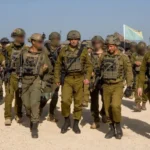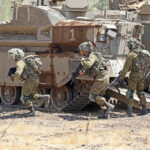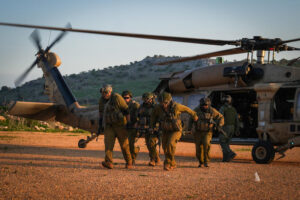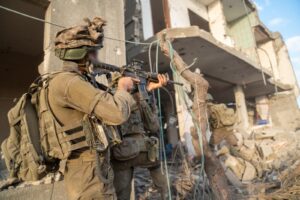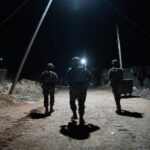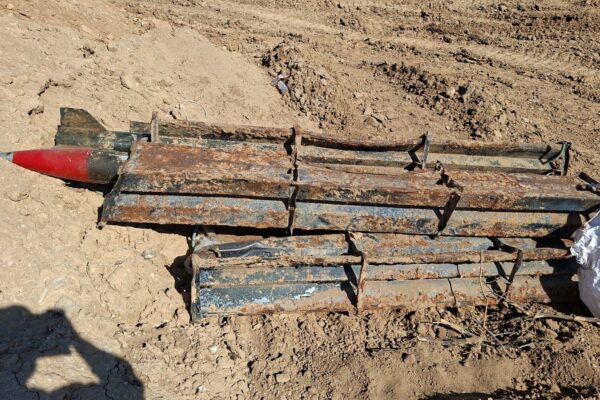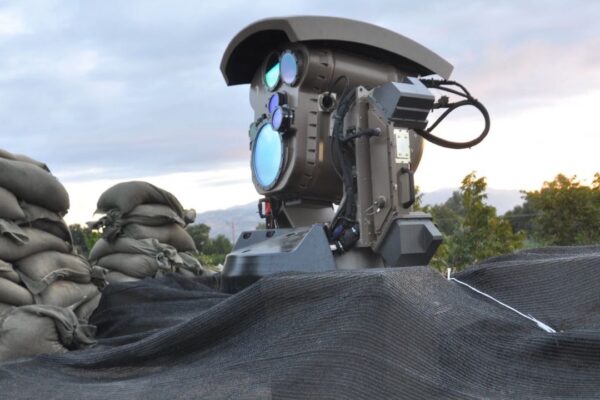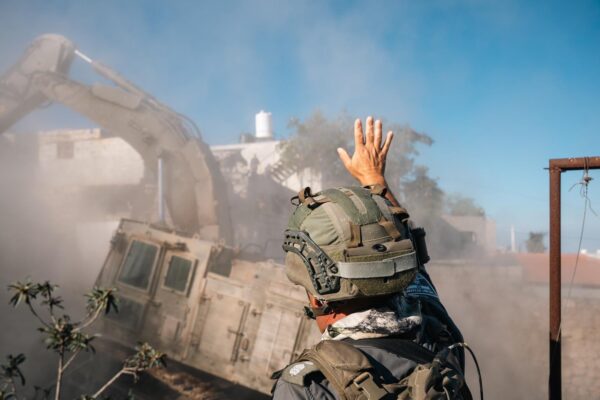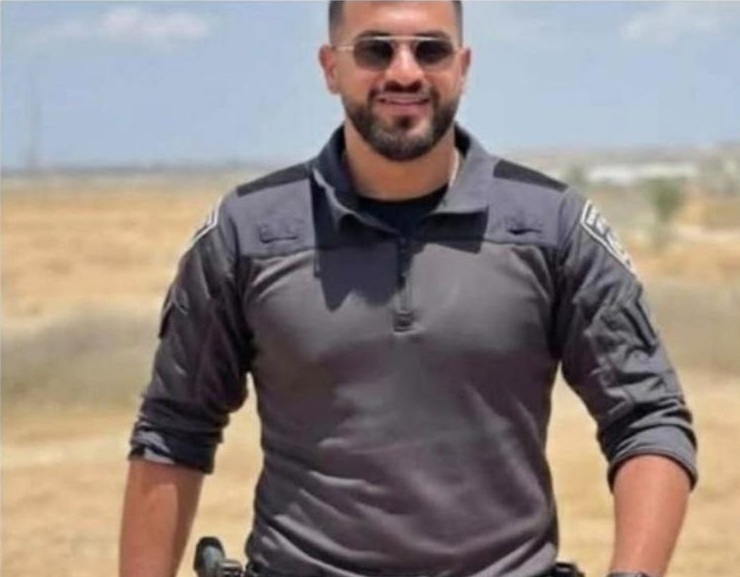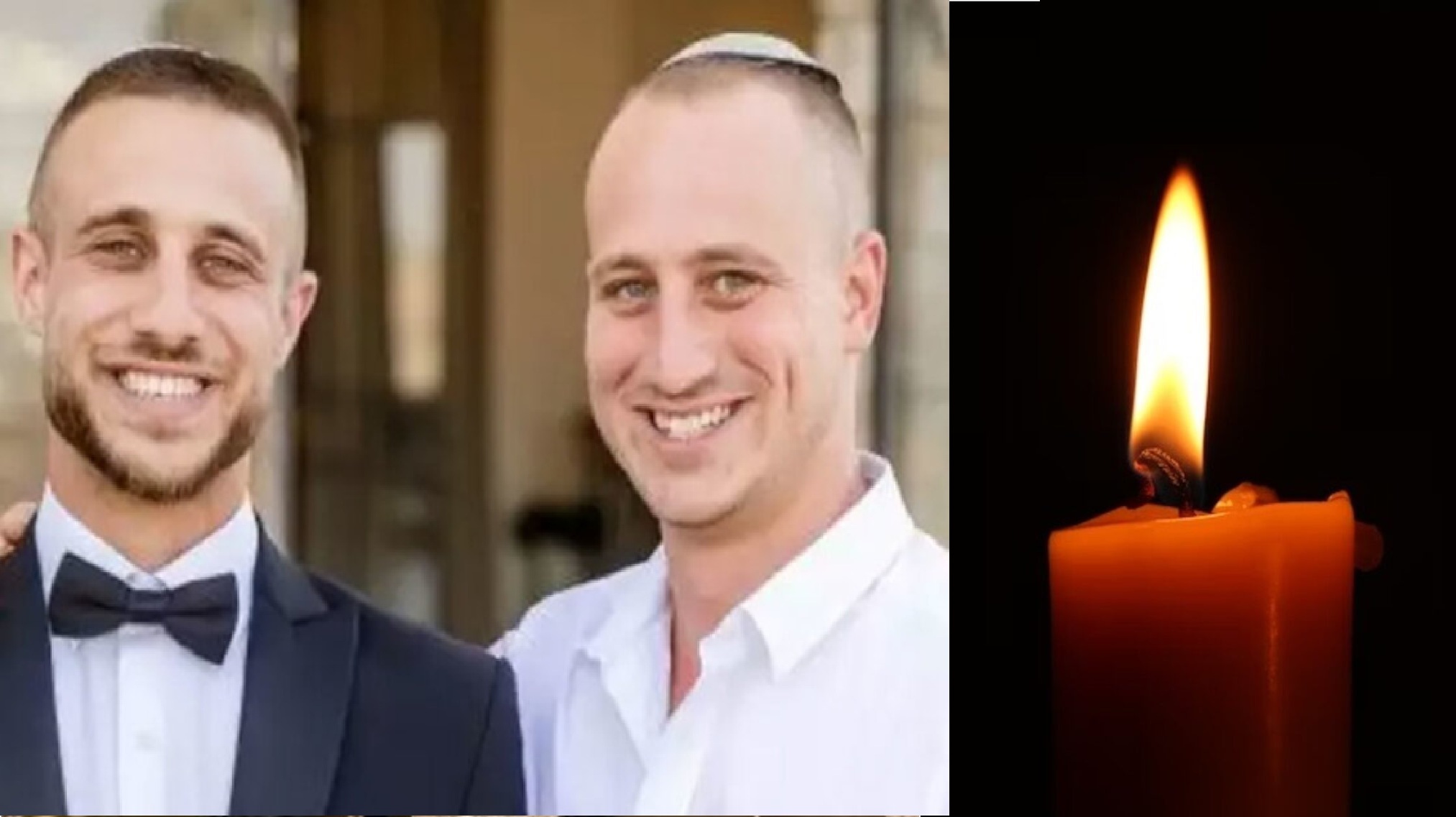The investigation emphasized that “the actions of IDF troops, ground and air forces, along with the security coordinator, residents, and civil defense squad, are worthy of appreciation for blocking the terrorists’ attack.”
By Ehud Amiton, TPS
An Israel Defense Forces investigation released Tuesday revealed how elite counterterrorism forces prevented a potentially catastrophic massacre during Hamas’s October 7 attack on Kibbutz Mefalsim and surrounding areas, though the operation came at a devastating cost to Israeli security forces.
The probe, conducted over nearly a year by Col. Arik Moyal, documented how approximately 200 Hamas terrorists infiltrated the region in three coordinated waves targeting Kibbutz Mefalsim, the Black Arrow memorial site, and the critical Shaar Hanegev Junction.
The investigation found that “the main reason for the difficult results lies in the fact that there was no preparation for a large-scale attack that included the infiltration of about 200 terrorists in three waves into dozens of combat centers simultaneously.”
The battle’s turning point centered on the Shaar Hanegev Junction, a vital transportation hub that Hamas recognized as key to controlling movement throughout the Gaza border region.
Beginning at 6:30 AM, terrorists launched systematic attacks on the junction while simultaneously targeting civilian vehicles. By 7:07 AM, they had begun “shooting at civilian vehicles that arrived at the junction, killing and wounding passengers.”
Despite facing overwhelming odds, members of the elite Yamam counterterrorism unit and Israel Security Agency (Shin Bet) mounted a fierce counterattack.
At 8:00 AM, a Yamam force in two vehicles managed to cross the terrorist-controlled intersection under heavy fire, with one fighter wounded.
The decisive battle began at 8:17 AM when “a significant Yamam force arrived on the scene from two directions – from the north and south.”
After brutal fighting against terrorists positioned on a railway bridge, Israeli forces regained control of the junction by 8:46 AM.
The victory proved costly. Six Yamam officers were killed in the fightin and one IDF soldier Lt. Col. Ziv Dado was kidnapped during the battle. Dado’s body was later recovered from Gaza in December 2023.
At Kibbutz Mefalsim itself, approximately 30 terrorists breached the main gate at 8:00 AM and immediately targeted foreign workers, kidnapping 12 of them and using a tractor to transport them toward Gaza.
The kibbutz’s local security team, known as the “alert squad,” mounted initial resistance alongside residents.
At 6:56 AM, when a kibbutz member “noticed a suspicious figure shooting at him at the entrance gate,” he immediately alerted the security team through WhatsApp, triggering organized defense efforts.
The situation appeared dire until 9:30 AM, when Yamam and Shin Bet forces arrived and “repelled the terrorists in the area of the entrance gate, and rescued the 12 foreign workers.”
By 10:20 AM, Israeli forces had established control over the kibbutz, preventing what could have been a massive civilian casualty event.
The Black Arrow memorial area and nearby Route 232 became a killing field where terrorists established ambush positions targeting fleeing civilians.
The investigation documented that 77 civilians were murdered along this stretch of highway, including “residents of the perimeter, [Nova Music Festival] party escapees, and travelers.”
Israeli forces, including Maglan special forces and the 931st Battalion, engaged in prolonged fighting until approximately 4:00 PM to clear the area.
The probe concluded that “the actions of the Yamam and Shin Bet officers at Shaar Hanegev Junction and the entrance to the kibbutz saved many lives and prevented widespread kidnapping to the Gaza Strip.”
However, it also criticized significant operational failures, noting that lack of preparation for large-scale simultaneous attacks and poor force deployment hampered the initial response.
Total casualties included 13 Israeli security force members and 77 civilians killed in the broader area, though remarkably, no civilians were killed or abducted from Kibbutz Mefalsim itself.
The investigation emphasized that “the actions of IDF troops, ground and air forces, along with the security coordinator, residents, and civil defense squad, are worthy of appreciation for blocking the terrorists’ attack.”
Tuesday’s report is the latest in a series of detailed army probes — summaries of which have been released in recent weeks — of how some 5,000 terrorists from Hamas and Palestinian Islamic Jihad managed to attack numerous Israeli communities and overrun the army’s border positions.
The army’s chain of command broke amid the chaos and soldiers were outnumbered.
They also found that the army misunderstood Hamas’s intentions for years, and as October 7 approached, intelligence about the looming attack was misinterpreted.
The military was also more focused on threats from Iran and its proxy, Hezbollah in Lebanon.
The IDF probes only deal with issues of operations, intelligence and command, not decisions made by the political echelon.
Prime Minister Benjamin Netanyahu has resisted calls for an inquiry, saying he opposes a “politically biased” probe. Critics accuse Netanyahu of delaying the inquiry and trying to water down its mandate.
State commissions of inquiry have broad authority to summon witnesses and collect evidence and are headed by a senior Supreme Court justice.
They may include personal recommendations about individuals under investigation, though the government is not bound to act on them.
The last state commission of inquiry, which investigated Israel’s worst civilian disaster — a stampede that killed 45 people at a holy site on Mount Meron — held Netanyahu personally responsible for the tragedy in a report released in 2024.
At least 1,180 people were killed, and 252 Israelis and foreigners were taken hostage in Hamas’s attacks on Israeli communities near the Gaza border on October 7. Of the 59 remaining hostages, 36 are believed to be dead.





